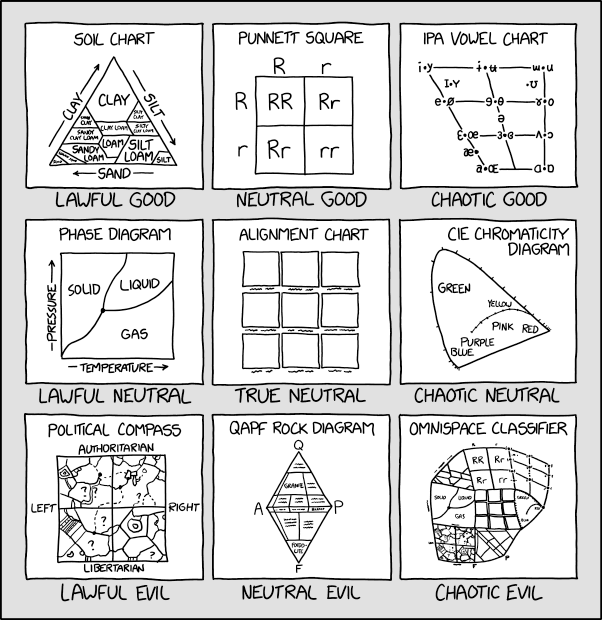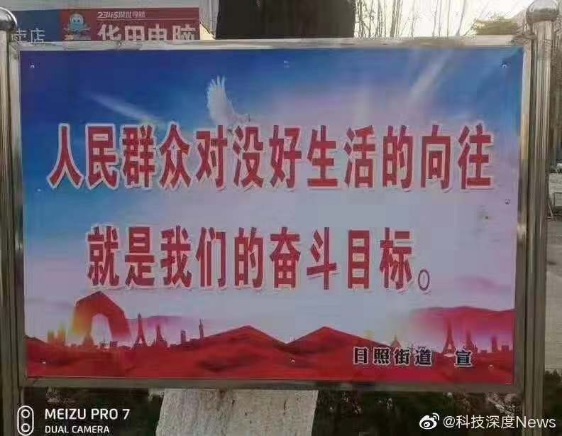Farther on beyond the IPA
In "On beyond the (International Phonetic) Alphabet", 4/19/2018, I discussed the gradual lenition of /t/ in /sts/ clusters, as in the ending of words like "motorists" and "artists". At one end of the spectrum we have a clear, fully-articulated [t] sound separating two clear [s] sounds, and at the other end we have something that's indistinguishable from a single [s] in the same context. I ended that post with these thoughts:
My own guess is that the /sts/ variation discussed above, like most forms of allophonic variation, is not symbolically mediated, and therefore should not be treated by inventing new phonetic symbols (or adapting old ones). Rather, it's part of the process of phonetic interpretation, whereby symbolic (i.e. digital) phonological representations are related to (continuous, analog) patterns of articulation and sound.
It would be a mistake to think of such variation as the result of universal physiological and physical processes: though the effects are generally in some sense natural, there remain considerable differences across languages, language varieties, and speaking styles. And of course the results tend to become "lexicalized" and/or "phonologized" over time — this is one of the key drivers of linguistic change.
Similar phenomena are seriously understudied, even in well-documented languages like English. Examine a few tens of seconds of (even relatively careful and formal) speech, and you'll come across some examples. To introduce another case, listen to these eight audio clips, and ask yourself what sequences of phonetic segments they represent:
Read the rest of this entry »

